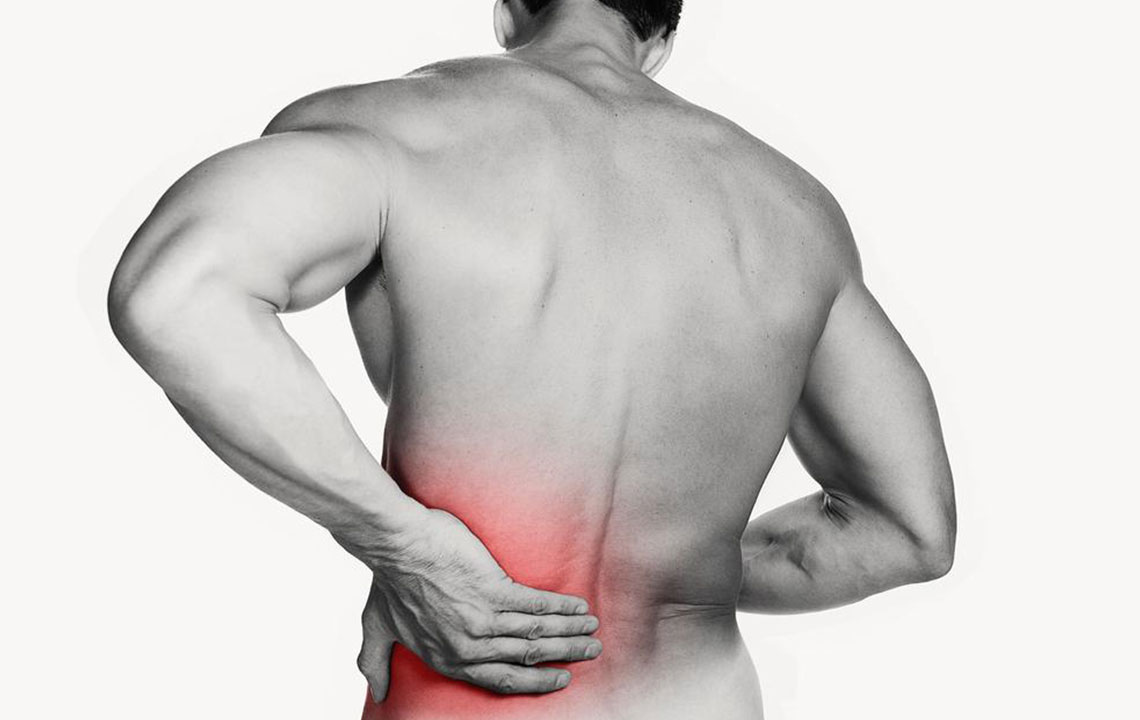Comprehensive Guide to Lower Back Pain: Causes, Diagnosis, and Treatment Strategies
Lower back pain affects millions and can result from various causes such as injuries, poor posture, or degenerative conditions. This comprehensive guide covers causes, diagnostic methods, and treatment options, including conservative therapies and surgery. Understanding your condition and seeking appropriate care is essential for effective relief and long-term spinal health. Learn how to prevent future issues by adopting proper ergonomics, maintaining strength, and recognizing symptoms early. Whether experiencing acute pain or dealing with chronic discomfort, this detailed article offers valuable insights into managing lower back issues effectively.

Comprehensive Guide to Lower Back Pain: Causes, Diagnosis, and Treatment Strategies
Lower back discomfort is a common issue affecting millions worldwide, impacting daily activities, productivity, and overall quality of life. Understanding the intricacies of lower back pain, including its causes, diagnosis, and effective treatment options, is essential for anyone experiencing these issues. The lumbar region, often called the lower back, comprises a complex network of bones, nerves, muscles, ligaments, and joints, working harmoniously to provide support, stability, and flexibility. This intricate structure, however, makes it vulnerable to various injuries and disorders that may lead to pain, stiffness, or functional limitations.
Understanding the fundamentals of lower back pain helps in identifying appropriate treatment plans. This comprehensive guide explores common causes, diagnostic procedures, and a spectrum of treatment options, including conservative approaches and surgical interventions. Whether you’re experiencing sudden discomfort or chronic issues that interfere with daily life, this article aims to provide valuable insights to help you manage and alleviate lower back pain effectively.
What are the main causes of lower back issues?
Addressing the root causes of lower back pain is crucial for effective treatment and prevention. Most cases result from mechanical problems or soft tissue injuries, but several other factors can contribute to discomfort and persistent pain. Here’s a detailed overview of the prevalent causes of lower back ailments:
Lifting heavy objects – One of the most common causes of lower back pain is improper lifting techniques. When lifting heavy objects such as boxes, furniture, or even groceries, the lower back bears significant strain. Overloading or repetitive lifting, especially without proper posture, can lead to muscle strains, ligament sprains, or disc injuries. It's essential to lift with your legs and not your back to minimize risk.
Physical activity and sports – Engaging in vigorous physical activities or sports like golf, tennis, or weightlifting can cause overexertion or sudden movements that strain the lower back muscles. Overtraining, inadequate warm-up, or returning after a period of inactivity can make the muscles less resilient, increasing susceptibility to injury. Even activities perceived as low-impact, such as walking or cycling, can cause discomfort if performed improperly or excessively.
Prolonged inactivity – While vigorous movement is beneficial, too much inactivity can weaken core muscles, reducing support for the lower back. Conversely, sudden intense sports after periods of sitting or sedentary lifestyles can predispose individuals to injury.
Poor posture – Maintaining improper posture while sitting, standing, or sleeping significantly contributes to lower back strain. Slouching or leaning forward for extended periods concentrates pressure on the lumbar discs and joints, leading over time to pain and degenerative changes. Proper ergonomic practices—like using supportive chairs, maintaining knees at hip level, and avoiding prolonged sitting—are vital for spinal health.
Degenerative conditions – Age-related degeneration of the intervertebral discs, facet joints, and spinal structures naturally causes pain. Conditions such as osteoarthritis, disc herniation, or spinal stenosis develop gradually, often worsening over time and requiring medical attention.
Injuries and trauma – Accidents, falls, or sudden impacts can cause fractures, ligament strains, or nerve damage resulting in immediate or delayed lower back pain. Proper safety precautions and protective gear are important during activities with injury risks.
How is lower back pain diagnosed?
Accurate diagnosis is vital to determine the underlying cause of lower back discomfort and to formulate an effective treatment plan. Since symptoms can overlap across various conditions, healthcare providers rely on a combination of clinical evaluations and diagnostic tests. Here’s a detailed look at the typical diagnostic process:
Patient history – The first step involves a thorough review of symptoms, including pain characteristics, duration, intensity, and triggers. The physician will inquire about posture habits, sleep patterns, previous injuries, lifestyle factors, and activity levels to build a comprehensive picture.
Physical examination – Physical assessments help evaluate musculoskeletal function and neurological integrity. Tests may include palpation to identify tender areas, reflex testing, muscle strength assessments, range of motion measurements, and specific neurological exams such as the straight leg raise test to detect nerve involvement.
Imaging tests – When necessary, imaging modalities provide detailed visualization of spinal structures. X-rays reveal bone alignment and degenerative changes, while MRI scans offer detailed images of soft tissues, discs, nerves, and spinal cord. CT scans and myelograms may be employed for complex cases, especially when planning surgical interventions.
Considering surgery: When is it necessary?
Surgical intervention is generally considered a last resort after conservative treatments have failed to relieve pain over a period of six to twelve weeks. It is reserved for severe cases where there is structural damage or nerve compression causing significant neurological deficits. Several factors influence the decision to opt for surgery:
Functional ability – If daily activities, work, or mobility are severely impacted by pain or neurological impairment, surgery might be necessary to restore function.
Pain severity and duration – Persistent, unrelenting pain that does not respond to non-invasive measures warrants surgical consideration.
Overall health and lifestyle – A patient’s physical health, mental well-being, and ability to undergo surgery influence outcomes.
Surgical options and risks – Different procedures have varying risks, benefits, and recovery times. Minimally invasive surgeries often allow shorter recovery periods and can be performed outpatient.
Common surgical procedures for lower back pain reduction
Several surgical techniques are available for addressing underlying issues causing lower back discomfort, including:
Discectomy – Removing herniated disc material pressing on nerves, often performed via minimally invasive methods.
Vertebroplasty and kyphoplasty – Injections used to stabilize vertebral fractures from osteoporosis or trauma.
Spinal fusion – Joining two or more vertebrae to eliminate movement caused by instability, typically in cases of severe degeneration or deformity.
Laminectomy – Removing part of the vertebral bone (lamina) to relieve nerve compression in cases of spinal stenosis.
Addressing lower back pain with an appropriate combination of diagnosis, lifestyle adjustments, physical therapy, medications, and surgical options when necessary can significantly improve quality of life. Consulting qualified healthcare professionals ensures a personalized treatment plan tailored to your specific needs and condition.





